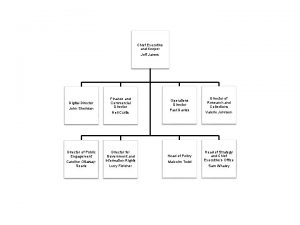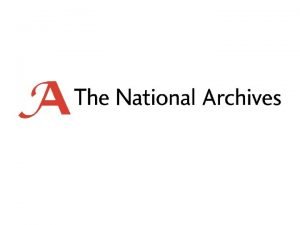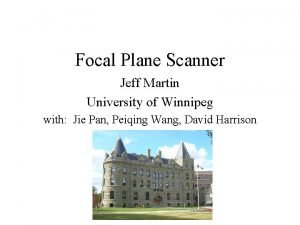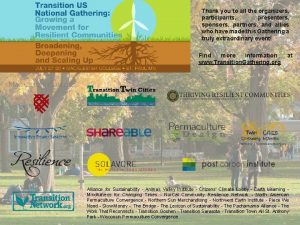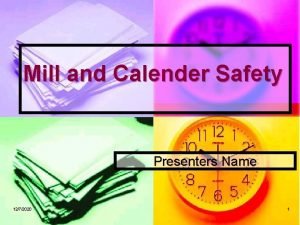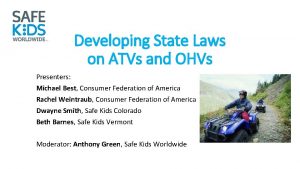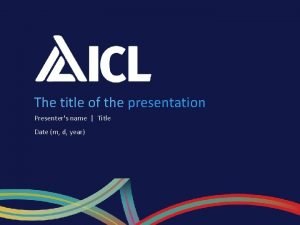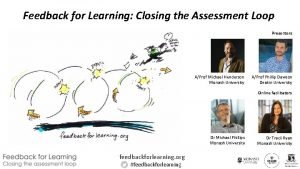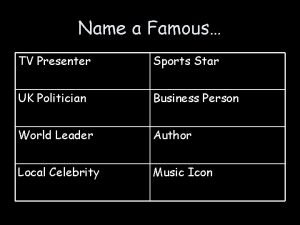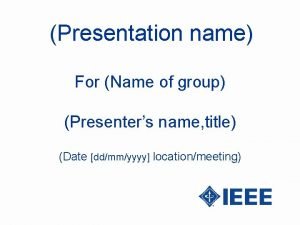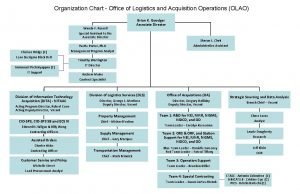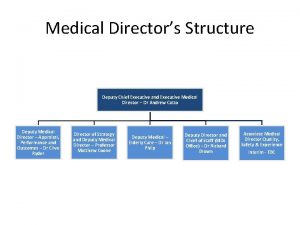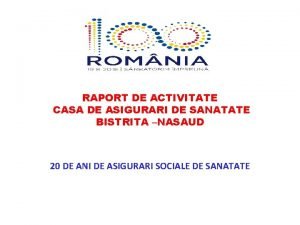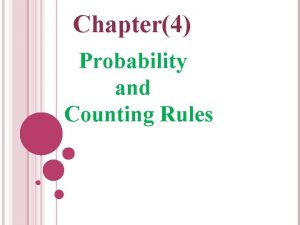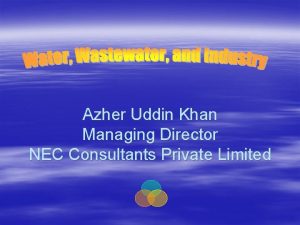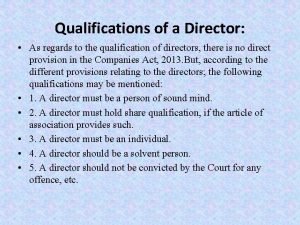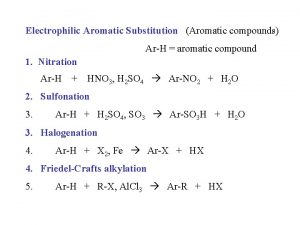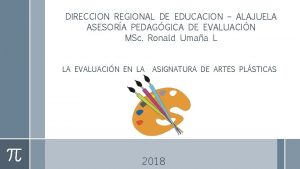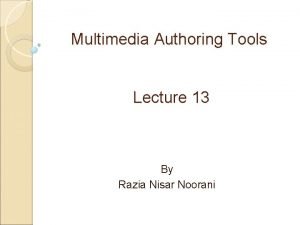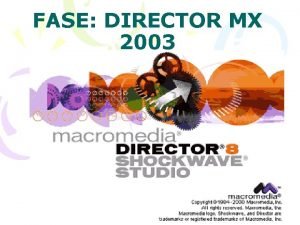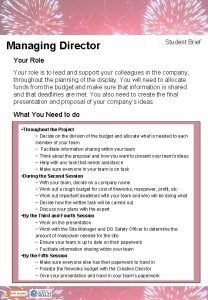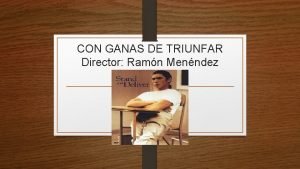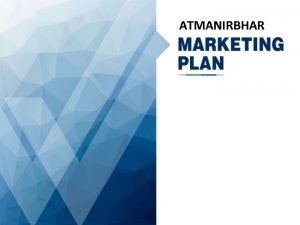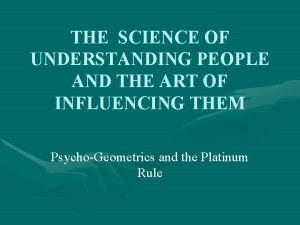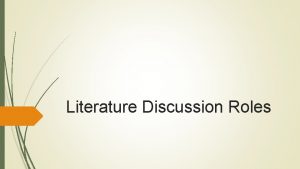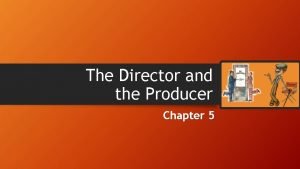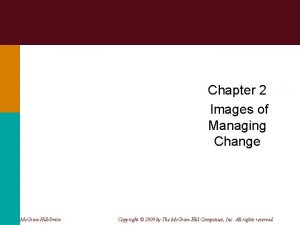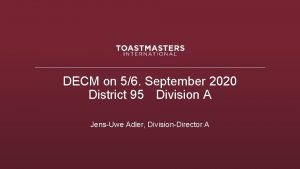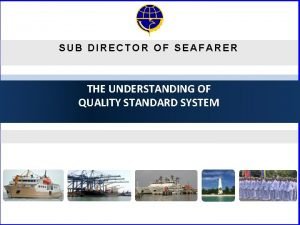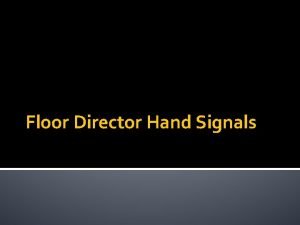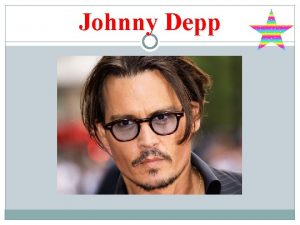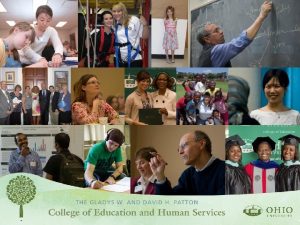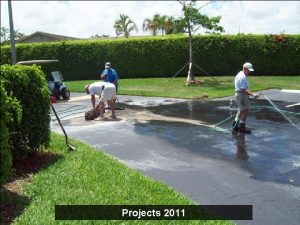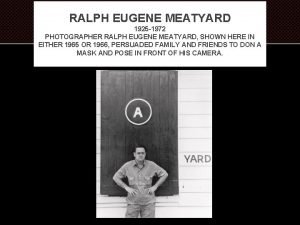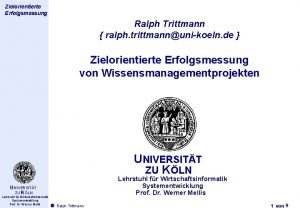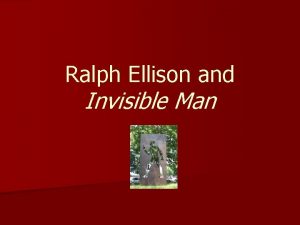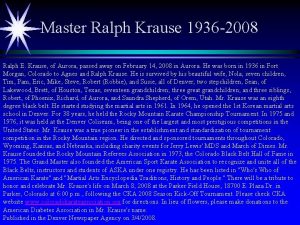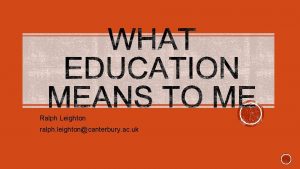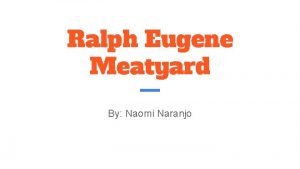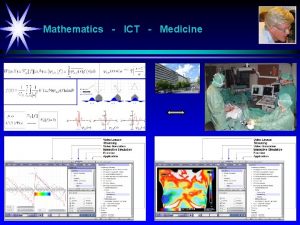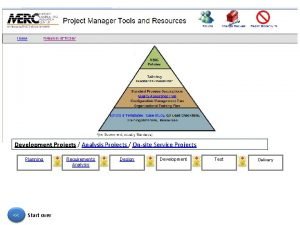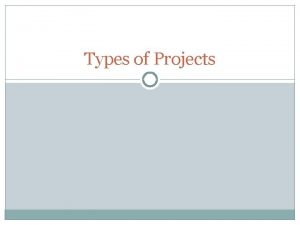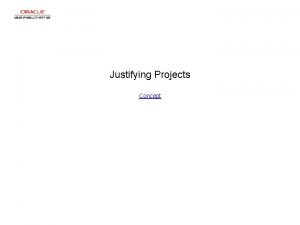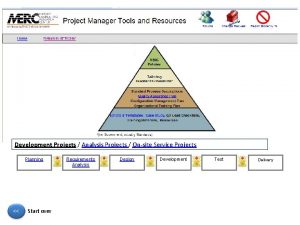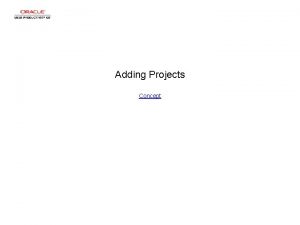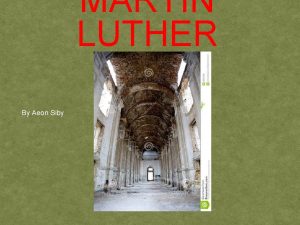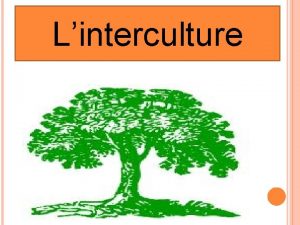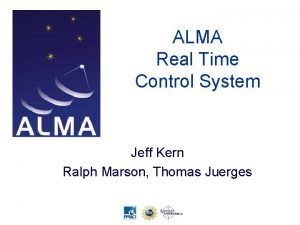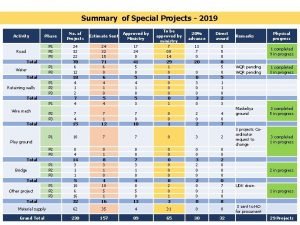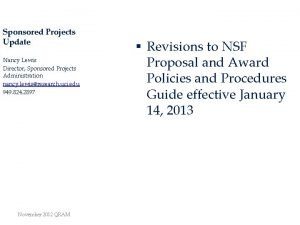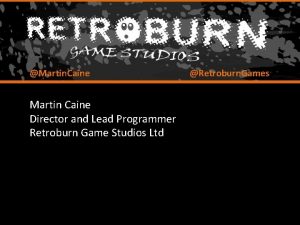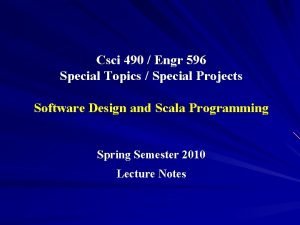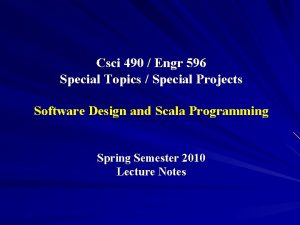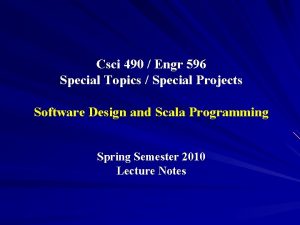Presenters Ralph Martin Director of Special Projects Jeff






































- Slides: 38


Presenters Ralph Martin, Director of Special Projects Jeff Connor, Chair, Mathematics Dept. Pam Beam, Sci. Math Program Leader Lauren Metcalf, Noyce Scholar & Sci. Math Fellow Al Cote’, Center Coordinator

Sci. Math Teaching Fellows Program: A Paradigm for a New Beginning • • bridges to Noyce for STEM career changers for school professionals and learners for higher education

Funding from … U. S. Department of Education and with support from congressional representatives and senators National Science Foundation: Noyce Scholars Ohio University’s Patton College of Education and Human Services South East Ohio Center for Excellence in Mathematics and Science (SEOCEMS)

Purpose Transform the preparation of STEM educators based on earlier work submitted for the Woodrow Wilson Teaching Fellowship program … “… develop an innovative, regionally sensitive, content rich, school-embedded, time accelerated program for STEM education teacher preparation. ” with an eye toward Noyce Phase II

Rural SE Ohio

A 1 st Step - How? Use collaborative processes to: • Design and operate a Pilot: test ideas and processes • Evaluate impact & document outcomes • Reward risk taking and collaboration • Support Fellows and Mentors for success • Enrich the lives of school pupils

Processes • Intensive & Accelerated, 1 year • Teach to Inquire to Learn to Teach – an embedded fellowship with mentors and learners • Research-based Mentor preparation • Re-aligned, synergistic course preparation for Fellows • Extensive, strategic field work and applied action • • research STEM context & modified course work New delivery mechanisms Immersion in to a professional community of learners Evaluation used to inform program innovation & redesign

Outcomes Do No Harm: Add value, enrich pupil learning, support the school’s & Mentor’s missions For Fellows - top level new teacher preparation Continued professional teacher development for all PRAXIS II PLT success Wide scale University program revision Strong professionals added to the pipeline with a history of successes

How does the pilot compare? 10 Peer Programs 14 month average Full Time On-campus, face 2 face PRAXIS II at end 60 credit average (qtr equiv) Moderate field component 60% no financial aid Sci. Math Fellows Pilot 12 months Full Time On-campus, face 2 face, in-field PRAXIS II content @ beginning, PLT @ end 75 credits Intensive, extensive field, full year Fellowship and tuition scholarship

Sci. Math Fellows & Noyce Scholar Angonique, Pam, Chandana, DECA teacher, Jen & Lauren

Program Structure What drove the program and how was it designed?

Guiding Principles and Standards Inquiry habits of mind actions Research base and actions Ohio Standards for the Teaching Profession Academic content standards of the discipline PRAXIS II content and PLT examinations

Program Summer Fellow & Mentor Preparation Fall School & Campus Winter Spring Summer School & Campus School Professional Internship Complete Masters degree Requirements for Teaching License

Mentors • • Provide much needed support, guidance and assistance: Involve Fellows in all aspects of being a teacher as related to teaching standards, Add depth to the Fellows’ knowledge of professional practice and subject matter, Assist the Fellows’ professional “habits of mind and practice: ” plan, act, observe, reflect Collaborate with and assist faculty with program redesign and improvement

Fellows School beginning to the end Add value from STEM career Learn via structured skills and behaviors based on standards for the teaching profession Growth toward autonomy Extensive professional internship

Function From the Faculty Perspective Dr. Pam Beam

Cohort Make-up Career Changers Prior Career Skills that Supported Fellow Success Family Dynamics of the Fellows What We Learned

Mentor Teachers Mentor Preparation Placement Match-ups and “Sharing” What We Learned

Teacher Education Program Course Changes Spiraled Courses With Shared Assignments Reading Courses Assignments Aligned With Grade Level and Subject Content Focus on Reflection and Application What We Learned

New Cohort Differences and similarities between Cohort 1 and Cohort 2

Function From the Noyce Scholar’s perspective Lauren Metcalf

The Checklist Noyce + Sci. Math = “all that” …and more: ü Mentored experience in the classroom ü Foundation in educational theory ü Accelerated program ü Financial support during transition üFull year in the classroom— WOW! üRespected program üSmall cohort üand more…

The Experience… ü Targeted instruction ü Availability of counsel from university & field mentors ü Action research

Action Research: Project Based Learning Followed PBL model to create unit Compared PBL unit to traditional unit Looked for measures of student engagement & achievement Non-PBL 8 6. 5 6. 9 7. 5 8. 2 6. 4 5. 8 Topic Interest Activity Satisfaction 7. 3 Performance Communication

Buck institute for Education www. bie. org • Community cooperation • Technology tools • Great finished product!

The Research Plan Institute for Democracy in Education & Program Leaders Evaluation through research Creation of special tools, interaction among Mentors, Fellows, Faculty & Evaluators Fellows & Noyce Scholar Embedded action research Improving teaching and learning Masters Research Project

Preliminary Findings Curriculum Improvements Mentoring Fellows’ experiences Institutional procedures Positive outcomes

Curriculum improvements that are needed include: • Assignments need to be connected to the field • Reading curriculum needs to be connected to grade level • Masters research project may be too much, given the demands of teaching

Mentoring • Next time try front-loaded professional developmentoring • Improve balance: too much vs. too little mentoring • Mentors should improve communication • Mentors should become more aware of what the Fellows are experiencing

Fellows Experiences • A demanding experience with a steep learning curve • Strongly connected with the field • At times the candidates felt vulnerable • More scaffolding and instruction for writing is needed, especially support for international students and others, as well

Institutional Procedures • • Support for graduate students: limited options Barriers setting up contracts for Fellows Funding limitations Quirks in sessions considered/not considered as instructional sessions

Positive Outcomes • Longer time to build mentoring relationships and relationships with students • Fellows have a higher level of confidence upon completion • Fellows are a greater asset to Mentors • More opportunities to do creative, less traditional learning activities • Mentor believed Fellows had positive impacts on learners • Little concern was reported about classroom management • Fellows were better able to connect theory to practice

Continuing Challenges a. k. a. Some Open Problems Jeff Connor

New Directions Deepen the Connection Between STEM experience and STEM teaching: filling the gaps Career changers come from a wide variety of professional experiences and moments in their lives There may be a disconnect between Their previous life and being a student Work-force norms and educational norms Professional and academic content knowledge and the K-12 curriculum Focus on some content knowledge issues

Content knowledge: What may need to be bridged. Basic content knowledge: Traditional Teacher Preparation Courses: Geometry, Abstract Algebra, Number Theory, Logic & Proof, and Discrete Mathematics. Common Core State Standards: Modeling, Transformational Geometry Understanding content with a view towards teaching the content: Different than the approach used for a STEM career. Not the normal perspective of content oriented faculty. Requires a fluidity of understanding that allows one to ‘go with’ the student. Potentially difficult to relate advanced concepts to introductory courses (in mathematics).

Possible Research Base Reports from Centers and Professional Organizations: Conference Board of Mathematical Sciences (2001), Dana Center, Woodrow Wilson Foundation and Noyce. Journal Articles related to the mathematical preparation of teachers: there does not appear to be that many, especially related to STEM career changers Rubrics from ‘best practice’ lesson plans Philosophical considerations on the epistemology of mathematics and mathematics education. The experience of the Sci. Math scholars. However - these tend to skirt the underlying issue of what the curriculum should focus on with respect to content understanding for teaching.

Questions?
 Jeff james director
Jeff james director Jeff james director
Jeff james director Jeff martin winnipeg
Jeff martin winnipeg Thank you to all presenters
Thank you to all presenters Job title example
Job title example Calender presenters
Calender presenters Presenter title
Presenter title Atv presenters
Atv presenters Name/title of presenter
Name/title of presenter Presenters name
Presenters name The loop presenters
The loop presenters Famous british tv presenters
Famous british tv presenters Name of presenter
Name of presenter Director de el espectador
Director de el espectador Director of operations org chart
Director of operations org chart Deputy medical director
Deputy medical director Casa de asigurari de sanatate bistrita
Casa de asigurari de sanatate bistrita Chapter 4 probability and counting rules answers
Chapter 4 probability and counting rules answers Nec managing director
Nec managing director Qualification of a director
Qualification of a director Electron withdrawing and donating groups list
Electron withdrawing and donating groups list Regional de alajuela
Regional de alajuela Multimedia authoring tools
Multimedia authoring tools Macromedia director mx
Macromedia director mx Director brief
Director brief Con ganas de triunfar director
Con ganas de triunfar director Business building bonus in vestige
Business building bonus in vestige Director
Director Director socializer relater thinker test
Director socializer relater thinker test Signpost finder
Signpost finder El trabajo del director y el proyecto de la escuela
El trabajo del director y el proyecto de la escuela Nsa cryptanalyst salary
Nsa cryptanalyst salary The text-based director, also known as the
The text-based director, also known as the Six images of managing change
Six images of managing change Assistant director vicky
Assistant director vicky Redner nach mass
Redner nach mass Sub director
Sub director Director hand signals
Director hand signals Actor director musician
Actor director musician
